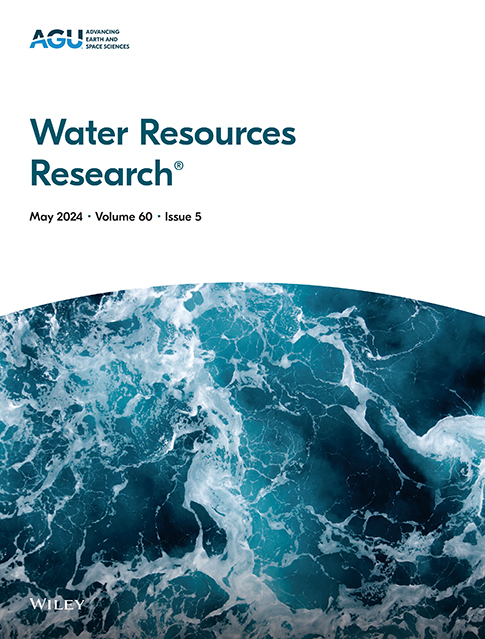Rising Temperatures Drive Lower Summer Minimum Flows Across Hydrologically Diverse Catchments in British Columbia
IF 4.6
1区 地球科学
Q2 ENVIRONMENTAL SCIENCES
引用次数: 0
Abstract
Excessively low stream flows harm ecosystems and societies, so two key goals of low-flow hydrology are to understand their drivers and to predict their severity and frequency. We show that linear regressions can accomplish both goals across diverse catchments. We analyze 230 unregulated moderate to high relief catchments across rainfall-dominated, hybrid, snowmelt-dominated, and glacial regimes in British Columbia, Canada, with drainage areas spanning 5 orders of magnitude from 0.5 to 55,000 km2. Summer low flows are decreasing in rainfall-dominated and hybrid catchments but have been stable in catchments that remain snowmelt or glacial-dominated. However, we find that since 1950 approximately one third of snowmelt-dominated catchments have transitioned to a hybrid rain-snow regime. The declines in rainfall-dominated and hybrid catchments are dominantly driven by summer precipitation and temperature, and only weakly influenced by winter storage. We apply this understanding to create regression models that predict the minimum summer flow using monthly temperature and precipitation data. These models outperform distributed process-based models for every common goodness-of-fit metric; the performance improvement is mostly a result of abandoning the requirement to simulate all parts of the annual hydrograph. Using these regression models we reconstruct streamflow droughts and low flow anomalies from 1901 to 2022. We reproduce recent drying trends in rainfall-dominated and hybrid catchments, but also show that present conditions are comparable to those seen one hundred years ago. However, anomalously low flows last century were caused by large precipitation deficits while current declines are driven by rising summer temperatures despite near-normal precipitation.求助全文
约1分钟内获得全文
求助全文
来源期刊

Water Resources Research
环境科学-湖沼学
CiteScore
8.80
自引率
13.00%
发文量
599
审稿时长
3.5 months
期刊介绍:
Water Resources Research (WRR) is an interdisciplinary journal that focuses on hydrology and water resources. It publishes original research in the natural and social sciences of water. It emphasizes the role of water in the Earth system, including physical, chemical, biological, and ecological processes in water resources research and management, including social, policy, and public health implications. It encompasses observational, experimental, theoretical, analytical, numerical, and data-driven approaches that advance the science of water and its management. Submissions are evaluated for their novelty, accuracy, significance, and broader implications of the findings.
 求助内容:
求助内容: 应助结果提醒方式:
应助结果提醒方式:


